Brain and Nerve PaneAway – Tincture Bundle
Build-a-Formula!
This is a HomeGrown Herbalist Composite Formula, giving you the chance to customize the parts to your preferences. Select what you want, and we’ll ship those tinctures to you!
Normal Nociceptor nerves exist in a condition of tranquility and calm unless stimulated. The HomeGrown Herbalist Brain & Nerve PaneAway formula supports normal, inactive Nociceptor function.
Ingredients: Chamomile, Cramp Bark, St. John’s Wort, Skullcap, Valerian
Suggested Recipe of Formula is:
1 Part Chamomile
1 Part Cramp Bark
1 Part St. John’s Wort
1 Part Skullcap
1 Part Valerian
Suggested Total Serving Size is:
1/4 to 1 teaspoons 2-3 times daily
None of these items or statements are approved by FDA. Consult your physician before taking any supplement. Do not take herbs or tinctures during pregnancy without consulting your healthcare provider. This product is not intended to diagnose or treat any disease. All information here is for entertainment and educational purposes only.
1 review for Brain and Nerve PaneAway – Tincture Bundle
Only logged in customers who have purchased this product may leave a review.
The Eclectic Materia Medica, Pharmacology and Therapeutics Written by Harvey Wickes Felter, M.D. 1922 - Chamomile
Botanical name: Chamaemelum nobile Related entry: German chamomile The flower-heads of Anthemis nobilis, Linné, (Nat. Ord. Compositae). Collected from cultivated plants. Common Names: Roman Chamomile, Chamomile, English Chamomile. Principal Constituents.—A stimulating oil (Oleum Anthemidis) and resin; and tannin. Preparations.—1. Specific Medicine Anthemis. Dose, 1 to 60 drops. 2. Oleum Anthemidis, Oil of Anthemis. Dose, 5 to 15 minims (on sugar). 3. Infusum Anthemidis, Infusion of Anthemis; (Anthemis, ½ ounce; Water, 16 ounces). Dose, 1 to 4 fluidounces. Therapy.—The cold infusion is reputed stomachic; the hot infusion diaphoretic (1 to 2 fluidounces), and emetic (5 to 12 fluidounces); the oil carminative. The cold infusion may be used in gastric debility, with flatus; the hot infusion to relieve colds due to sudden cutaneous chilling, and in dysmenorrhea to check pain and facilitate the flow. The oil may be employed for a like purpose, and for intestinal cramps and colic due to flatulency. Anthemis is little used.
King's American Dispensatory By Harvey Wickes Felter and John Uri Lloyd 1898 - Cramp Bark
Botanical name: Viburnum opulus Preparations: Compound Tincture of Viburnum - Compound Pills of High Cranberry - Extract of Viburnum - Fluid Extract of Viburnum Opulus Related entries: Viburnum Prunifolium (U. S. P.)—Black Haw "The bark of Viburnum Opulus, Linné"—(U. S. P.) (Viburnum Oxycoccus, Pursh). Nat. Ord.—Caprifoliaceae. COMMON NAMES: High cranberry, Viburnum (Pharm., 1880), Cramp bark. Botanical Source.—This is the Viburnum Oxycoccus of Pursh. It is a nearly smooth and upright shrub or small tree, rising 5 to 12 feet in height. The stems are several from the same root, and branched above. The leaves are 3-lobed, 3-veined, broadly wedge-shaped or truncate at base, and broader than long; the lobes divaricate, acuminate, crenately-toothed on the sides, and entire in the sinuses; the petioles have 2 or more glands at the base, and are channelled above. The flowers are white or reddish-white, in rayed, pedunculated cymes; marginal flowers large and sterile; inner flowers much smaller and fertile. Fruit ovoid, red, very acid, ripens late, and remains upon the bush after the leaves have fallen. It resembles the common cranberry, and is sometimes substituted for it. The V. roseum, Snowball, or Guelder-rose tree, is a cultivated European variety, with the whole cyme turned into large sterile flowers (W.—G.). This variety is now largely cultivated in American gardens for its beauty. History and Description.—This is a handsome, indigenous shrub, growing in low, rich lands, woods, and borders of fields, in the northern part of the United States and Canada, flowering in June, and presenting at this time a very showy appearance. The flowers are succeeded by red and very acid berries, resembling low cranberries, and which remain through the winter. The bark is the official part. As demanded by the U. S. P., it is in "flattish or curved bands, or occasionally in quills, sometimes 30 Cm. (12 inches) long, and from 1 to 1.5 Mm. (1/25 to 1/16 inch) thick; outer surface ash-gray, marked with scattered, somewhat transversely elongated warts of a brownish color, due to abrasion, and more or less marked with blackish dots, and chiefly in a longitudinal direction with black, irregular lines or thin ridges; underneath the easily-removed corky layer of a pale-brownish or somewhat reddish-brown color; the inner surface dingy-white or brownish; fracture tough, the tissue separating in layers; inodorous; taste somewhat astringent and bitter"—(U. S. P.). It has been frequently put up by the Shakers, and is then sold somewhat flattened from pressure. It yields its properties to water or diluted alcohol. Viburine is the name that was once given to a secret nostrum, purporting to be obtained from this plant. (For the histology of this species and V. prunifolium, see L. E. Sayre, Amer. Jour. Pharm., 1895, p. 386, and 1896, p. 225; also see R. H. Denniston, Pharm. Archives, 1898, p. 137.) Chemical Composition.—The berries of V. Opulus contain valerianic acid (Dumas; phocenic acid of Chevreul, identical with the volatile acid from the fat of the dolphin), and a red coloring matter (Leo, 1834). The bark of this species also contains valerianic acid, identified by Monro (1845), and previously believed to differ from it (viburnic acid of Krämer, 1834). In addition, H. Krämer found iron-bluing tannin, and a peculiar bitter, neutral principle (viburnin), an amorphous, white powder, soluble in ether and alcohol, slightly soluble in water (see review of "The Useful Species of Viburnum," by Prof. Maisch, Amer. Jour. Pharm., 1878, p. 49). Action, Medical Uses, and Dosage.—High cranberry bark is a powerful antispasmodic, and, in consequence of this property, it is more generally known among American practitioners by the name of Cramp bark. It is very effective in relaxing cramps and spasms of all kinds, as asthma, hysteria, cramps of the limbs or other parts in females, especially during pregnancy, and it is said to be highly beneficial to those who are subject to convulsions during pregnancy, or at the time of parturition, preventing the attacks entirely, if used daily for the last 2 months of gestation. Like Viburnum prunifolium, it is a remedy for the prevention of abortion, and to prepare the way for the process of parturition. It allays uterine irritation with a tendency to terminate in hysteria, while in the neuralgic and spasmodic forms of dysmenorrhoea, it is a favorite remedy with many physicians. It has been used in spasmodic contraction of the bladder, and in spasmodic stricture. The doses employed are from a fraction of a drop to 20 drops of specific viburnum. The action of this agent closely resembles that of the black haw, and there is reason to believe that they are often used interchangedly for similar purposes (see Viburnum Prunifolium). The following forms an excellent preparation for the relief of spasmodic attacks, viz.: Take of cramp bark, 2 ounces; scullcap, skunk-cabbage, of each, 1 ounce; cloves, ½ ounce; capsicum, 2 drachms. Have all in powder, coarsely bruised, and add to them 2 quarts of good sherry or native wine. Dose, 1 or 2 fluid ounces, 2 or 3 times a day. Dose, of the decoction or vinous tincture of cramp bark, 2 fluid ounces, 2 or 3 times a day; specific viburnum, 1/10 to 30 drops. "It may be proper to remark here that I have found a poultice of low cranberries very efficient in indolent and malignant ulcers; and, applied round the throat in the inflammation and swelling attending scarlatina maligna, and other diseases, it gives prompt and marked relief. Probably the high cranberries will effect the same results" (J. King). (See Vaccinium Macrocarpum and Cataplasma Oxycocci.) Specific Indications and Uses.—Cramps; uterine pain, with spasmodic action; pain in thighs and back; bearing down, expulsive pains; neuralgic or spasmodic dysmenorrhoea. As an antiabortive.
The Eclectic Materia Medica, Pharmacology and Therapeutics Written by Harvey Wickes Felter, M.D. 1922 - St. John’s Wort
Botanical name: Hypericum perforatum The leaves and flowering tops of Hypericum perforatum, Linné (Nat. Ord. Hypericaceae). Europe and America. Common Name: St. John's Wort. Principal Constituents.—Volatile oil, a resin, tannin, and hypericum red, a resinous red coloring principle. Preparation.— Tinctura Hyperici, Tincture of Hypericum (herb, 8 ounces; Alcohol, 76 per cent, 16 fluidounces). Dose, 1/4 to 30 drops. Specific Indications.—Spinal injuries, shocks, and concussions; throbbing of the body without fever; spinal irritation, eliciting tenderness and burning pain upon slight pressure; spinal injuries and lacerated and punctured wounds of the extremities, with excruciating pain; hysteria. Locally as a vulnerary. Action and Therapy.—External. St. John's Wort is valued by many practitioners as a vulnerary, much as arnica is employed. Therefore it has been used extensively as a local application to bruises, contusions, sprains, lacerations, swellings, ecchymoses, and in acute mammitis. Internal. Hypericum is said to be diuretic and sedative, and as such has been used in chronic urinary disorders, particularly suppression of urine. It undoubtedly has a strong influence upon the nervous system. Used according to the indications named above, many physicians believe it useful to relieve the painful effects of spinal concussion, shocks, etc., and to prevent tetanic complications. It will take pretty strong proof to convince most practitioners of the present day of any such virtue as true antitetanic properties in this simple drug. The internal uses as given above are based chiefly upon homeopathic symptomatology, and the drug has gained little favor in the Eclectic school of practice. It has, without question, a value in nervous disorders and should be more fully studied and tested, but miraculous powers should not be hoped for from it.
The Dispensatory of the United States of America, 1918, Edited by Joseph P. Remington, Horatio C. Wood and others. - Skullcap
Scutellaria. N. F. IV. Skullcap. Scullcap. Hoodwort. Madweed. Mad-dog or Sideflowering Scullcap. Blue Pimpernel. Hooded Willow-herb. Scutellaire, Fr. Helmkraut, Schildkraut, G.—"The dried plant of Scutellaria lateriflora Linné (Fam. Labiatae)." N. F. Scutellaria was official in the U. S. P. VIII, but was introduced into the N. F. IV. Several species of scutellaria have attracted attention. Scutellaria galericulata L., which grows in wet places from Newfoundland to North Carolina and west to Nebraska, has a feeble, somewhat alliaceous odor, and a bitterish taste. It has been employed in intermittents, and externally in old ulcers. S. integrifolia L. is intensely bitter, and might probably be found useful as a tonic. Scutellaria lateriflora is an indigenous, perennial herb, with a stem erect, much branched, quadrangular, smooth, and one or two feet high. The leaves are ovate, acute, dentate, subcordate upon the stem, opposite, and supported upon long petioles. The flowers are small, of a pale blue color, and disposed in long, lateral, 1-sided, leafy racemes. The plant grows in wet shaded places in the United States and Canada. The dried tops are described as "about 50 cm. in length, smooth; stem quadrangular, branched; leaves opposite, petiolate, about 5 cm. in length, ovate-lanceolate or ovate-oblong, serrate; flowers about 6 mm. in length, in axillary one-sided racemes, with a pale blue corolla and bilabiate calyx, closed in fruit, the upper lip helmet-shaped. Odor slight; taste slightly bitter. Scutellaria yields not more than 12 per cent. of ash." N. F. H. Molisch and G. Goldschmidt (Ph. Ztg; Dec. 4, 1901, 965) obtained from scutellaria and a number of other labiates an identical body, to which they gave the name scutellarin. It is present in all of the different scutellarias, being most abundant in the upper epidermis of the leaf, but found also in the roots, stems and flowers of the plant. It was further obtained from the leaves of Galeopis Tetrahit L., and of Teucrium Chamaedrys L.. In Scutellaria altissima L., the presence of cinnamic and fumaric acids were also established. Scutellarin is obtained by boiling freshly gathered leaves for fifteen minutes in ten times their weight of water, filtering the decoction and adding from 1 to 2 per cent. of hydrochloric acid, which causes an abundant precipitate of scutellarin. If precipitation is effected from the hot solution, the scutellarin separates in the form of light yellow crystals. The formula C10H8O3 has been assigned to scutellarin. Its alcoholic solution gives a red precipitate with lead acetate and an intense green color with ferric chloride, changing on heating to a red color if the reagent is not present in great excess; alcoholic potassium or sodium hydroxides, as also alkali acetates, produce reddish-yellow precipitates, which change to green on exposure to the air. Solution of barium hydroxide has the same effect. The green color is produced immediately if an oxidizing agent, such as chlorine or bromine water, is added. Scullcap is as destitute of medicinal properties as a plant may well be (every so often Remington's anti-botanical elitism gets SOOO tiresome....MM), not even being aromatic. When taken internally, it produces no very obvious effects, and probably is of no remedial value, although at one time it was esteemed as a remedy in hydrophobia. It has also been used in neuralgia and convulsive affections, chorea, delirium tremens, and nervous exhaustion from fatigue or over-excitement. (A. J. P., xxiii, 370; N. J. M. R., v; M. S. Rep., 1870.) Dose, thirty to ninety grains (2.0-5.8 Gm.)
King's American Dispensatory By Harvey Wickes Felter and John Uri Lloyd 1898 - Valerian
“The rhizome and roots of Valeriana officinalis, Linné”—(U. S. P.). Nat. Ord, Valerianeae. CoMMON NAMES AND SYNoNYMs: ſaleriam, Great wild valeriam, Valerian root; Valeriamae rhizoma (Br.), Radia, valeriama minoris. ILLUSTRATION: Bentley and Trimen, Med. Plants, 146. Botanical Source. —The official Valerian, sometimes known as Great wild valeriam, is a large herb, with a perennial, tuberous, somewhat cleeping, ſetid root, most aromatic when growing in dry pastures, with numerous long, dark brown rootlets, and a smooth, hollow, furrowed stem about 4 feet in height. The leaves are all pinnate and opposite; leaflets in from 7 to 10 pairs, lanceolate, coarsely serrated, those of the radical leaves broadest, approaching to ovate, and borne on long foot-stalks. The flowers are flesh-colored, small, fragrant, in terminal cymose, contracted panicles; bracts, ovate-lanceolate, acuminate, herba 2042 VALERIANA. ceous, membranous at the edge, appressed, and rather longer than the ovary, calyx Superior, rolled inward in the form of a rounded, thickened rim, ultimately becoming a sort of pappus to the seed; corolla funnel-shaped and smooth; tube gibbous at the base on that side of the flower turned away from the axis, and hairy internally; limb spreading, divided into 5, nearly equal, concave and linear, with rounded segments. Stamens 3, exserted, subulate, white from the middle of the corolla tube; anthers yellow and oblong; ovary inferior, narrow oblong, compressed, 1-celled, with a single pendulous ovule; style filiform ; stigma divided into 3 filiform lobes. The fruit is light-brown, linear-ovate, compressed with a slight elevated ridge on one side, terminated by the 12 filiform, plumose, recurved segments of the calyx-limb (L.—Wo.). History and Description.—Valerian is a European plant growing in wet places, or even in dry pastures, flowering in June and July. The plant thrives best in a light, dry soil; that growing in low, wet situations is not so active, therapeutically. Botanists have given distinctive variety names to these two kinds, which differ in habit of growth. Valerian is also cultivated in this coun try, especially in Vermont and New Hampshire, and is fully equal, if not superior, to that of English growth. The valerian of American growth has almost en tirely superseded the foreign in this country. The medicinal part of the plant is the root, which should be gathered soon after the leaves have fallen, and care fully dried. The U. S. P. describes the drug to be a “rhizome from 2 to 4 Cnn. (# to 1; inches) long, and 1 to 2 Cm. (# to $ inch) thick, upright, subglobular or obconical, truncate at both ends, brown or yellowish-brown, internally whitish or pale-brownish, with a narrow circle of white wood under the thin bark, Roots numerous, slender, brittle, brown, with a thick bark, and slender, ligneous cord. Odor peculiar, becoming stronger and unpleasant on keeping; taste, camphoraceous and somewhat bitter’—(U. S. P.). The odor of the dry root is fetid, character istic, and highly attractive to Cats, and, it is said, to rats also. The root imparts its properties readily to water, alcohol, and amnoniated alcohol. Chemical Composition.—The active properties of valerian are largely due to its volatile oil (about 1 per cent), the characteristic constituent of which is Žso-valerianic acid (see Acidum Valerianicum), Combined with borneol, in the freshly distilled oil (see Oleum Valerianae). Other constituents are malic acid, resin, sugar, starch, iron-greening tannin (about 1.5 per cent), etc. An alkaloid, chatimime, was isolated from valerian by Waliszewski (Amer. Jour. Pharm., 1891, p. 285). In Mexi can valerian, R. McLäughlin (ibid, 1893, p. 329) found 3.33 per cent of volatile oil, 4.3 per cent of oleoresin, a crystalline, ether-soluble glucosid, wax, fat, etc. Admixtures and Adulterations.—M. O. Reveil has detected the roots of Scabiosa succissa, Linné, and S. arvensis, Linné, to the extent of 22 per cent in some valerian. These roots are inodorous, but soon acquire the odor of Valerian by contact (Amer. Jour. Pharm., 1855, p. 21). The roots of Valeriama Phu, Linné, and Valeriana dioica, Linné, are occasionally intermixed with true valerian root. They are weaker in odor and taste. Several Ramumculaceae have been added in Germany with fraudulent intent (Ebermayer). R. Bentley (Amer. Jour. Pharm., 1877, p. 201) calls detailed attention to the dangerous admixture of Veratrum album; Charbonnier (1887) detected Cymanchum Vincetoſcicum, and Bernbeck (1880) Siwm latifolium, as admixtures. Action, Medical Uses, and Dosage.—Valerian excites the cerebro-spinal system. Large doses cause headache, mental excitement, visual illusions, giddi ness, restlessness, agitation, and even spasmodic movements, and frequently nausea. In medicinal doses it acts as a stimulant-tonic, antispasmodic and calmative, and has been used in chorea, hysteria, and in the low forms of fever, where a nervous stimulant is required. Although sometimes very effectual in curing, it as frequently fails in producing more than temporary benefit. These failures are probably due to the fact that the medicine is often administered without due regard to the indications, and especially the condition of the nerve centers. The cases requiring it are those evidencing enfeebled cerebral circula tion; there is despondency and marked mental depression, often amounting to hypochondria. In properly selected cases it relieves irritability and pain, and favors rest and sleep. In such cases it is frequently useful in hemicrania and other forms of mervous headache. Its chief value is in chorea, with enfeebled VANILLA. 2043 cerebral circulation. B. Valerian, macrotys, aā 3ij; dilute alcohol, Oj; macerate for 2 weeks. Dose, 1 teaspoonful, 3 times a day (Locke). Valerian is adapted to the milder spasmodic affections. Prof. Webster states that “it is better calcu lated to steady that hyperaesthetic state which carries a patient to the very verge of convulsive action than to relax it when it has once taken place”—(Dymam. Therap., 214). Valerian is one of many agents which have been used for the relief of epilepsy. The extract of valerian is worthless, but the fluid extract has been found to possess all the medicinal virtues of the root. The powder is apt to irri tate the stomach and bowels, its dose is from , drachm to 2 drachms, every 3 or 4 hours; the infusion, which is a preferable form, may be given in doses of 1 or 2 fluid ounces; the fluid extract, in doses of from 20 to 60 drops in a little water; the tincture, in doses of 1 or 2 fluid drachms; and the volatile oil, from 2 to 6 drops; ammoniated tincture, 1 to 2 fluid drachms; specific valerian, 2 to 30 drops. Specific Indications and Uses.—A cerebral stimulant. Hysteria, chorea, hemicrania, all with mental depression and despondency; cerebral anemia; mild spasmodic movements.
The HomeGrown Approach - What Makes us Different?
Many of our Herbal Products are created with herbs that are grown right here! Of course there are many plants that are outside the scope of our ability to grow in Idaho, due to either climate or quantity requirements. So when we need to supplement our growing efforts, we purchase only the finest product from quality, growers that we trust! All of our Single Herb Tinctures are made right here at our own facility with a single plant.
Our plants are grown, weeded, harvested and processed by caring herbalists filled with healing intent, not by machines. HomeGrown plant harvesting is timed for maximum potency...not the day the combine is scheduled. - Only the most medicinal portions of the HomeGrown plants are utilized for medicine making. - No pesticides, herbicides or artificial fertilizers of any kind are used in our herb gardens. HomeGrown wildcrafted herbs are ethically collected and identified by experienced herbalists, not minimum-wage, apathetic employees.
Yeah, we might be crazy to go to all the trouble when we could import material from Bulgaria for a tenth of the price, but we have experienced the difference in the quality of the end product. We are confident that when you use our HomeGrown herbals, you WILL see what all the fuss was about!



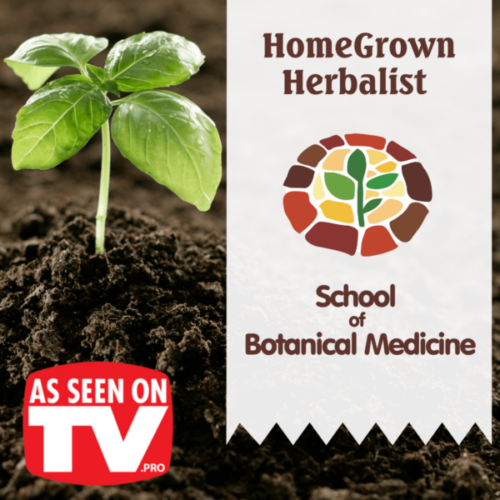
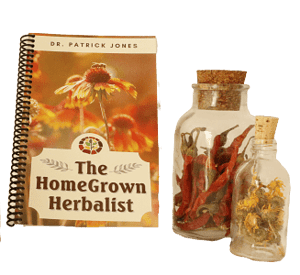

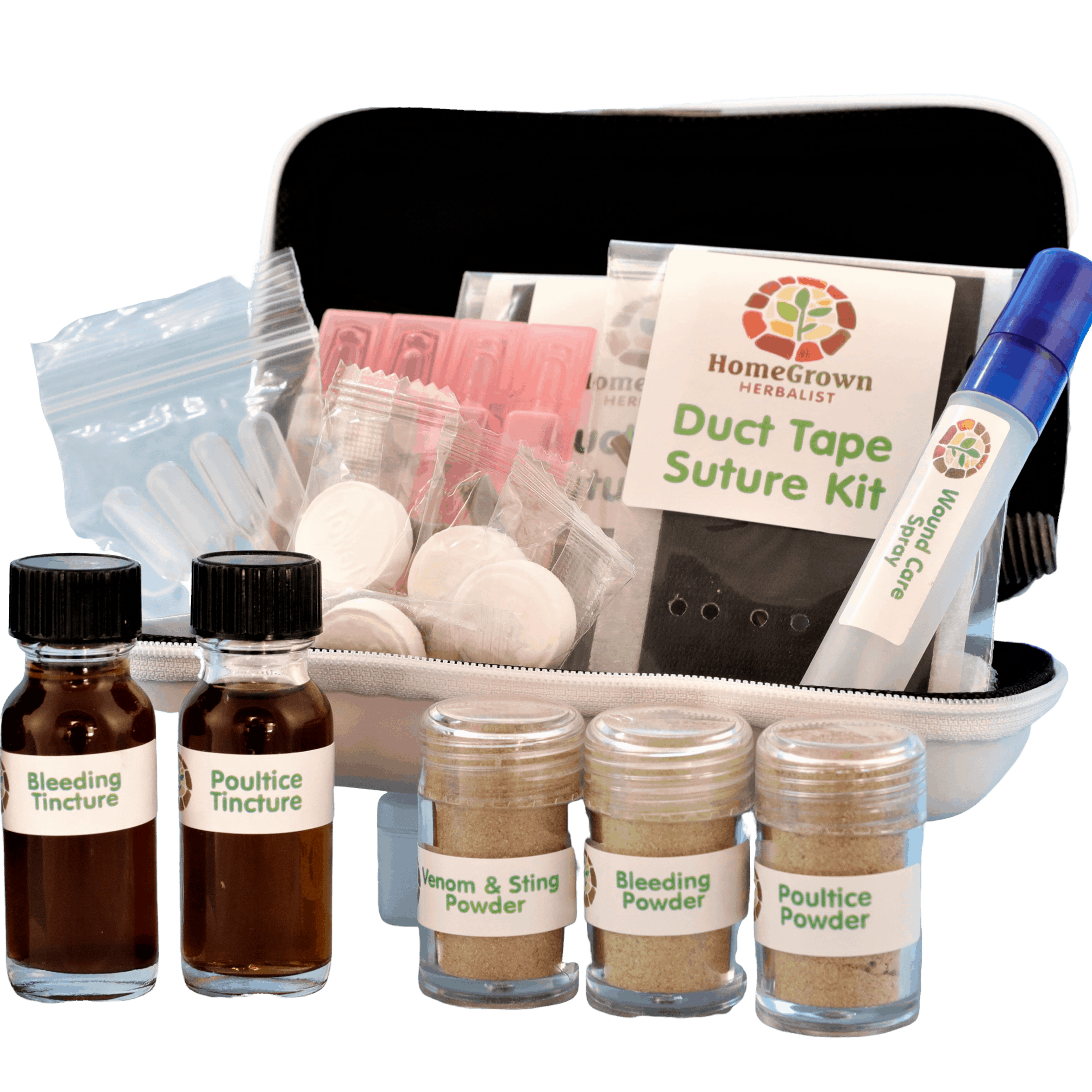
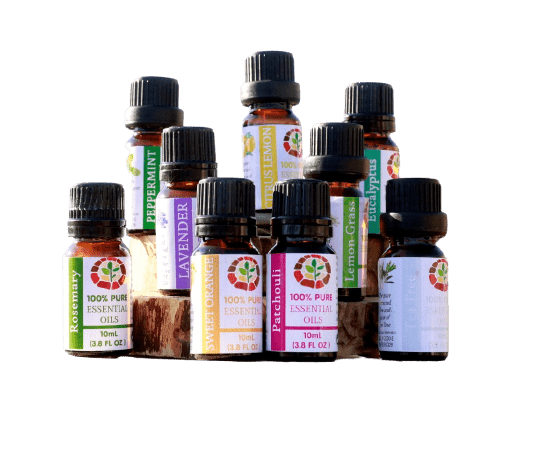
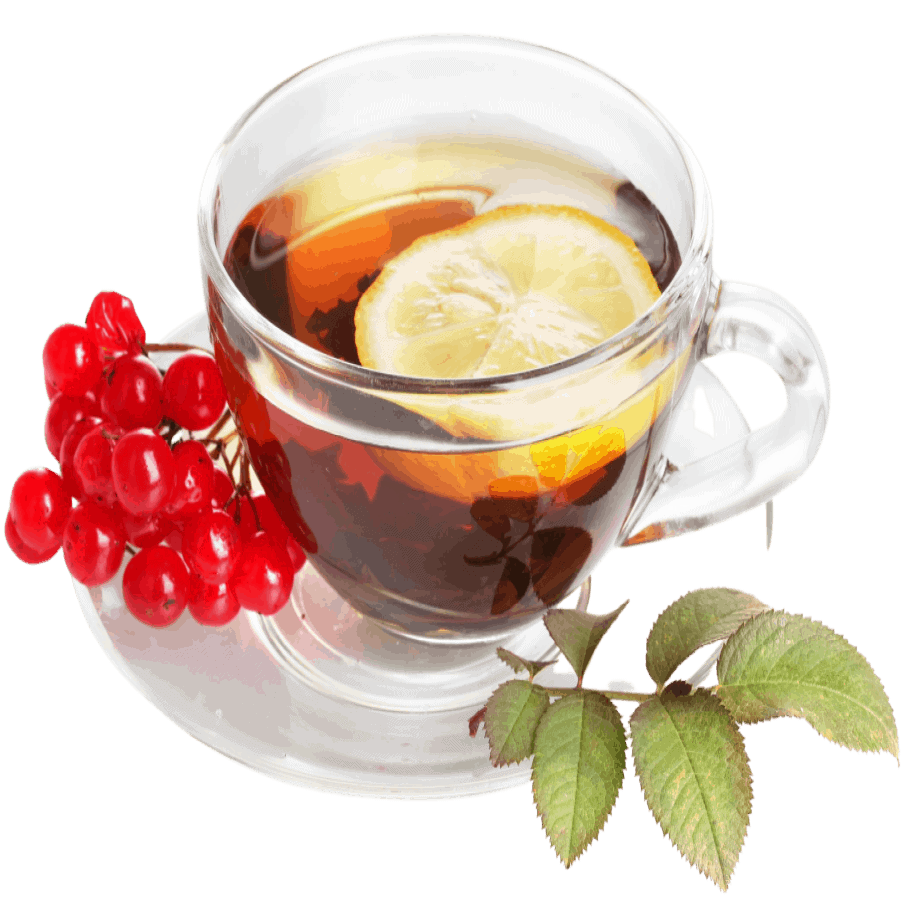
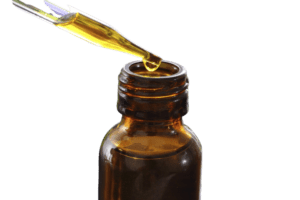
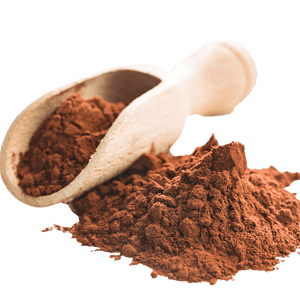
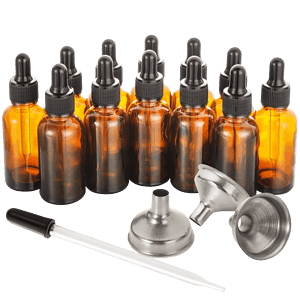


Belinda Collins-Hopkins (verified owner) –
I was stressed passed what I could handle. it was taking over my life. this product helped me get things under control .so, I could move forward work on muscles and move forward. I am gardening again and walking my dogs.